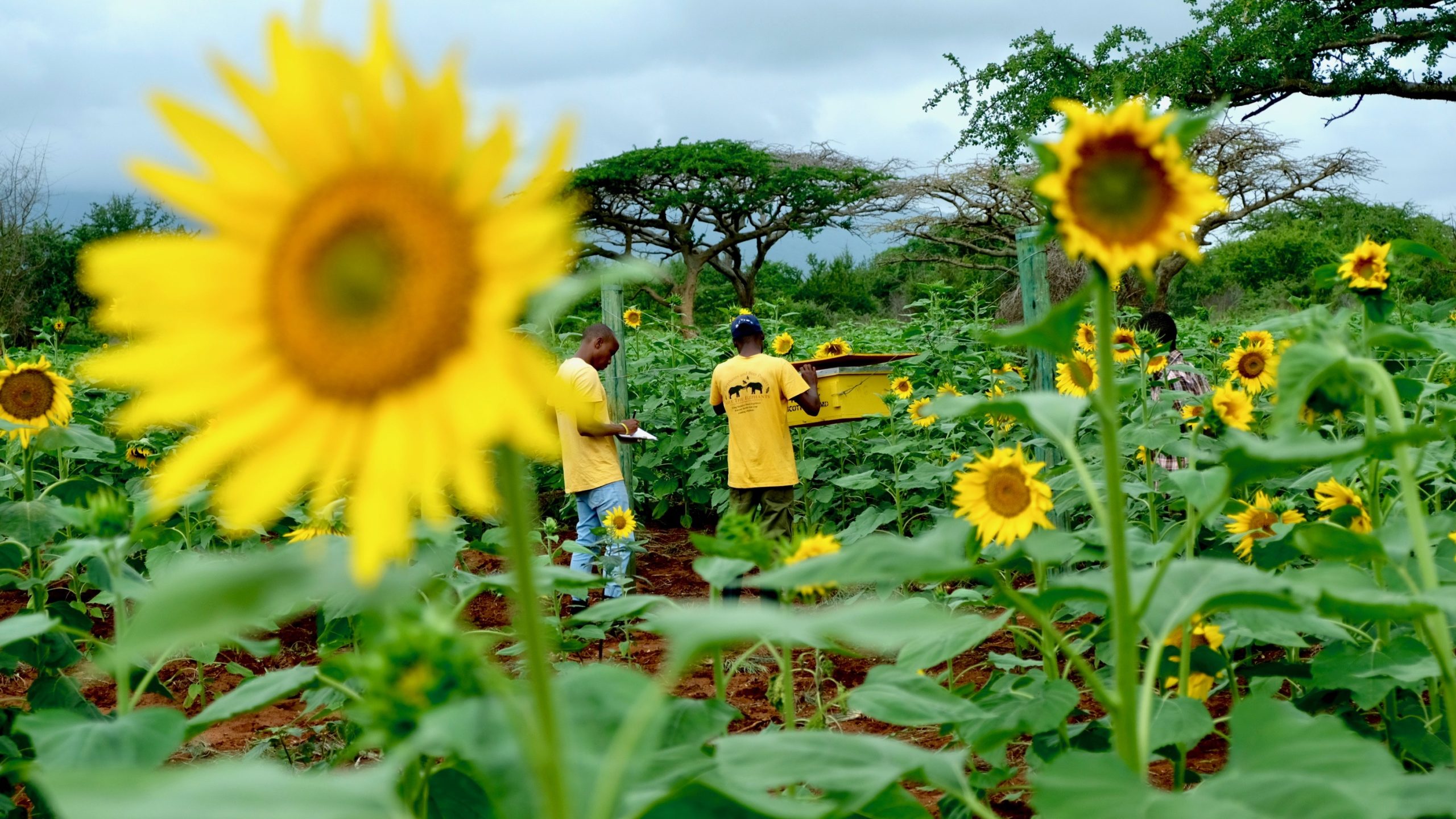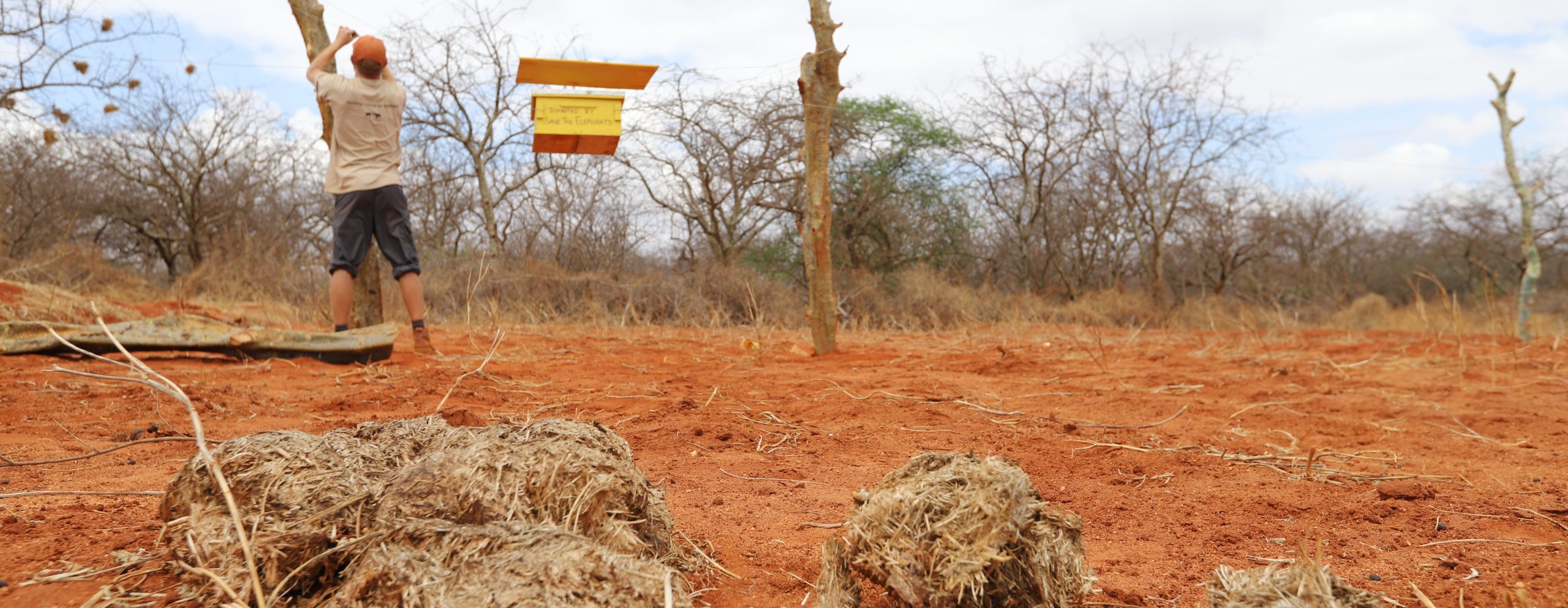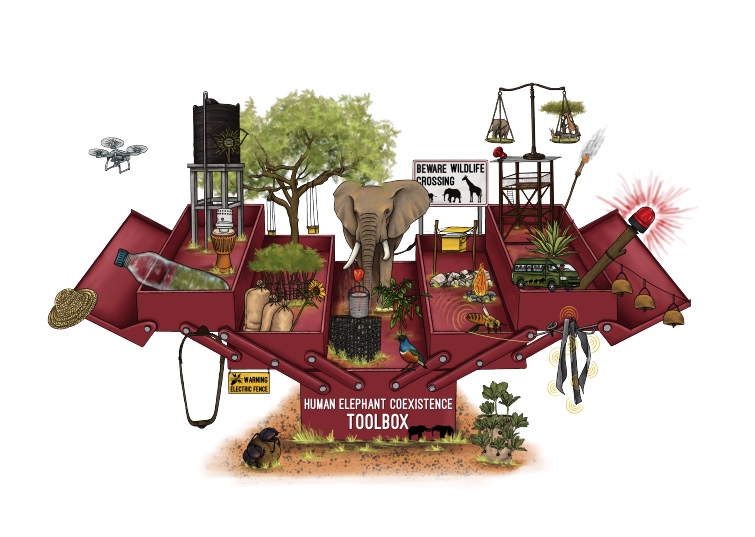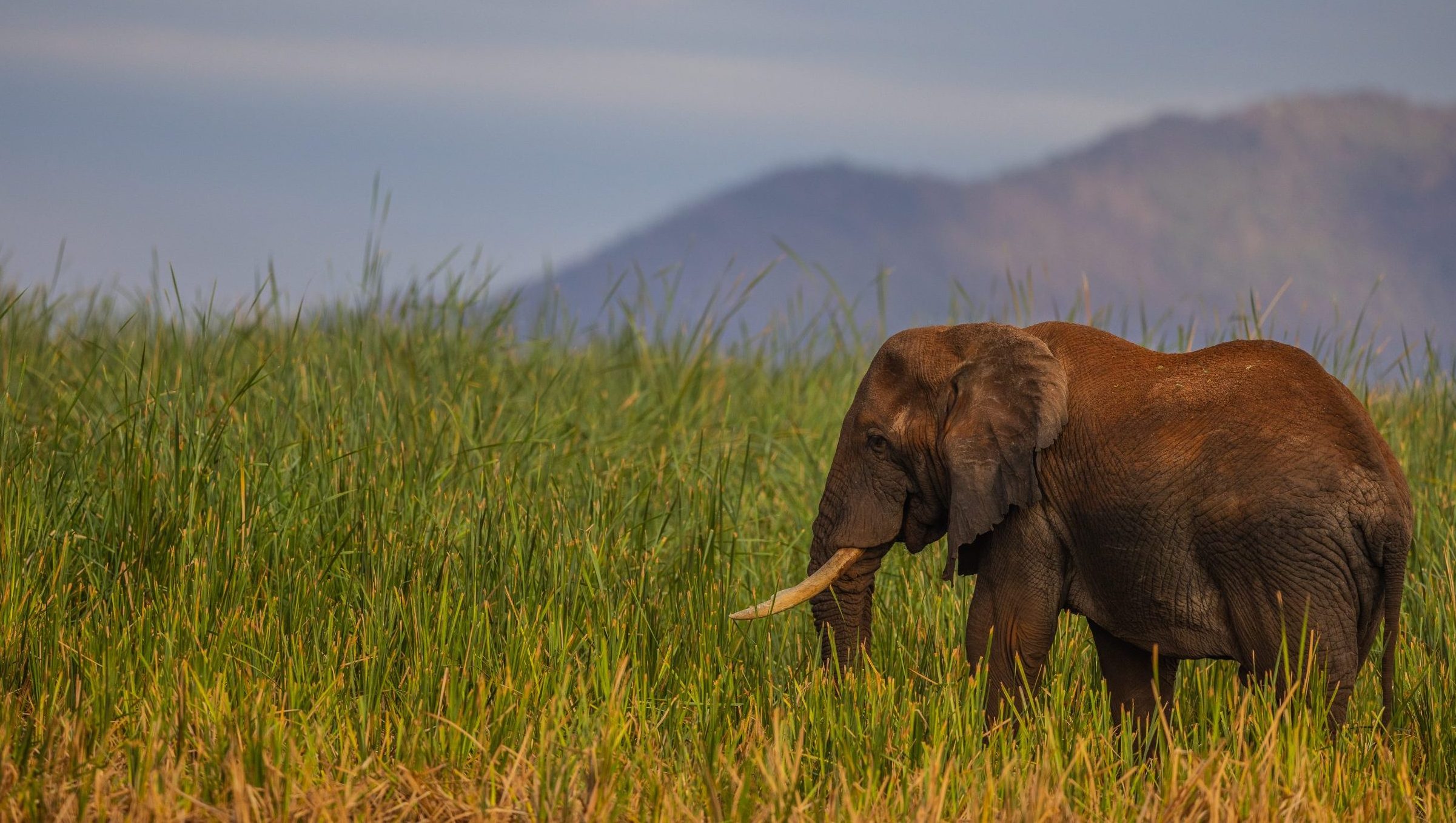Africa’s human population is set to double by 2050, creating enormous pressures for elephants. As farmland spreads and infrastructure developments fragment habitat, elephants are being forced into increasing conflict with people. A key focus of STE’s work involves engaging with local communities and other stakeholders, such as government and conservation partners, towards sustainable ways of protecting elephant habitat such as migratory routes.
 © Jasper Scofield
© Jasper Scofield





